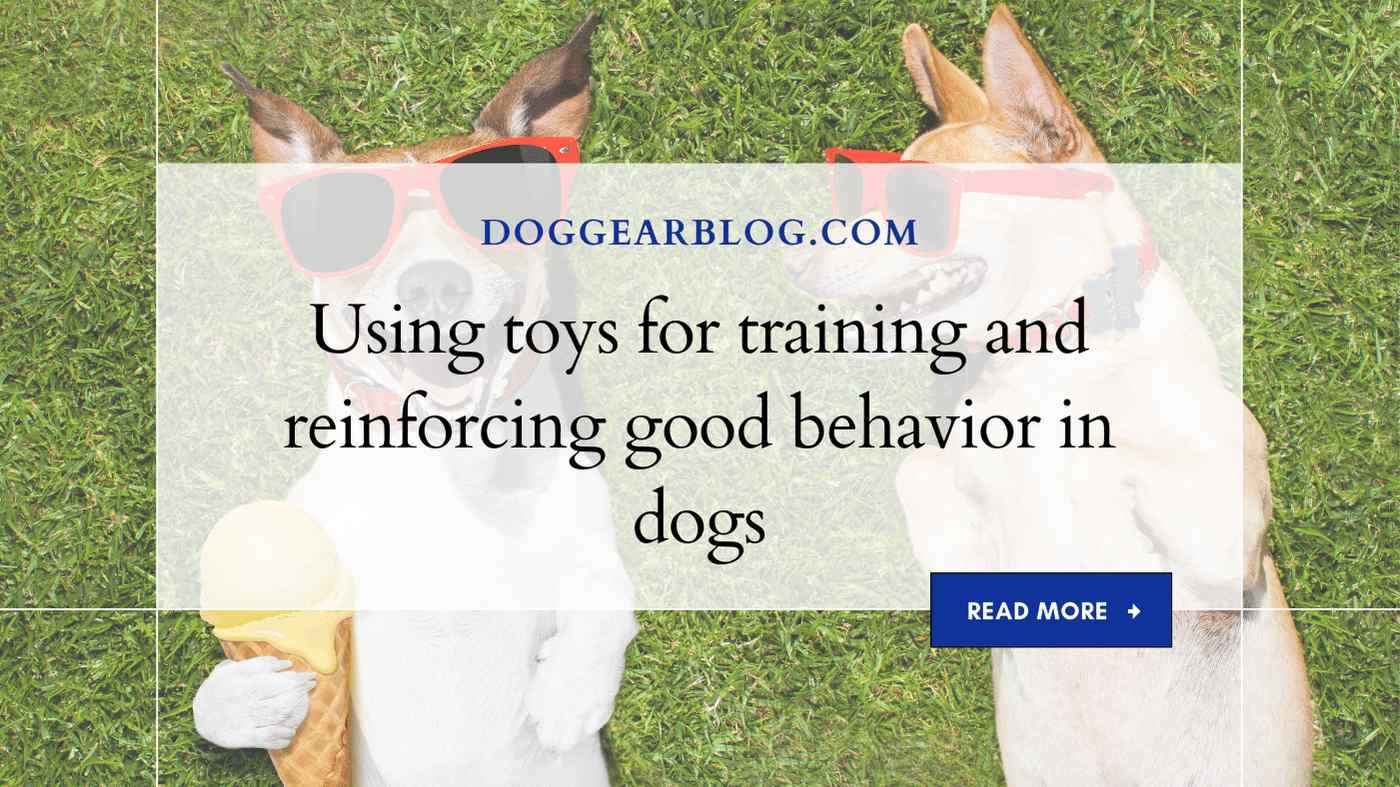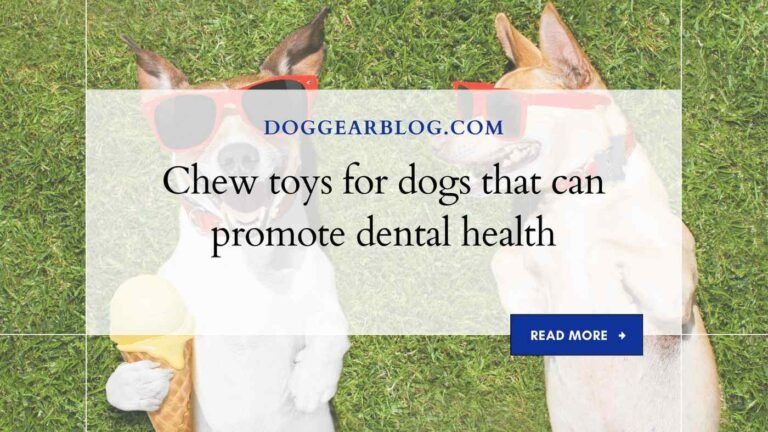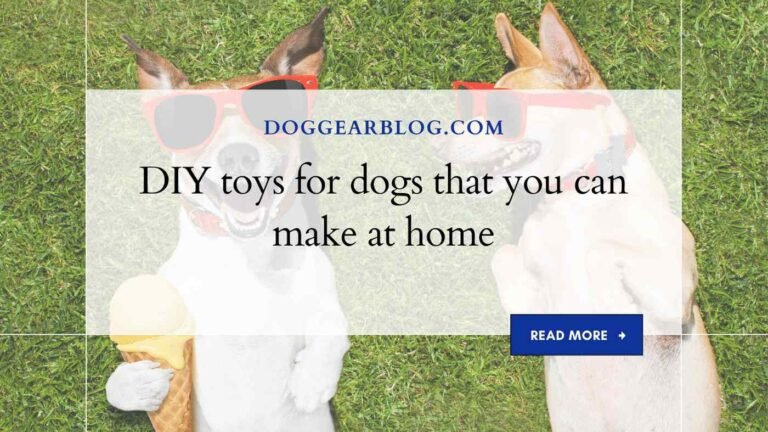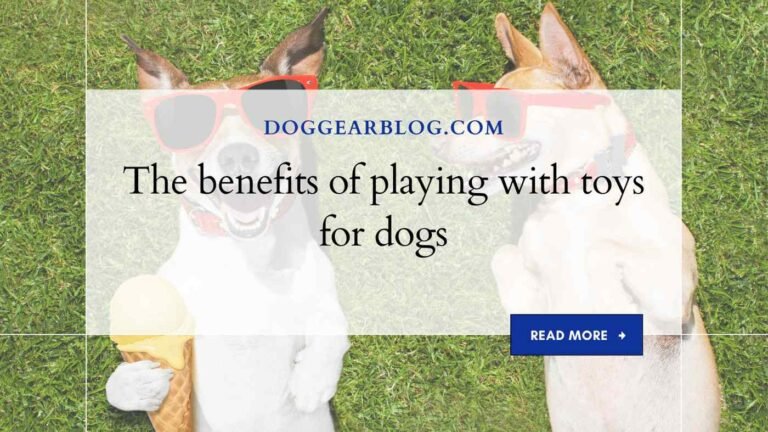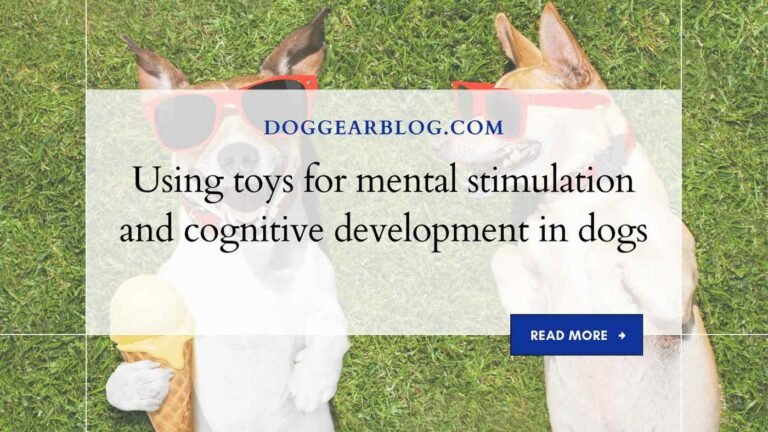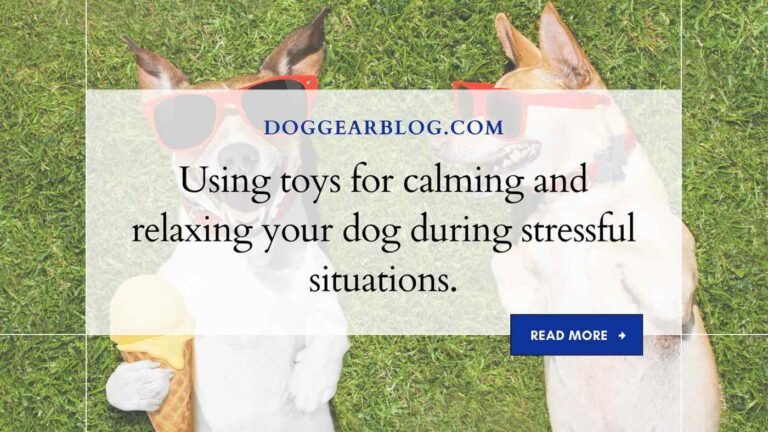Using toys for training and reinforcing good behavior in dogs
“Dogs are man’s best friend, and just like any friendship, it requires time, effort and patience to build a healthy relationship. From basic obedience to complex tricks, training your furry companion can be both fulfilling and challenging. One of the most effective ways to train your pup is by using toys! Yes, you heard that right – toys can go beyond providing physical exercise for your pet; they can also reinforce good behavior and help them learn new skills faster.
In this blog post, we’re going to explore the wonderful world of canine toys and how they can become an essential part of your training routine.”
Why use toys for training?
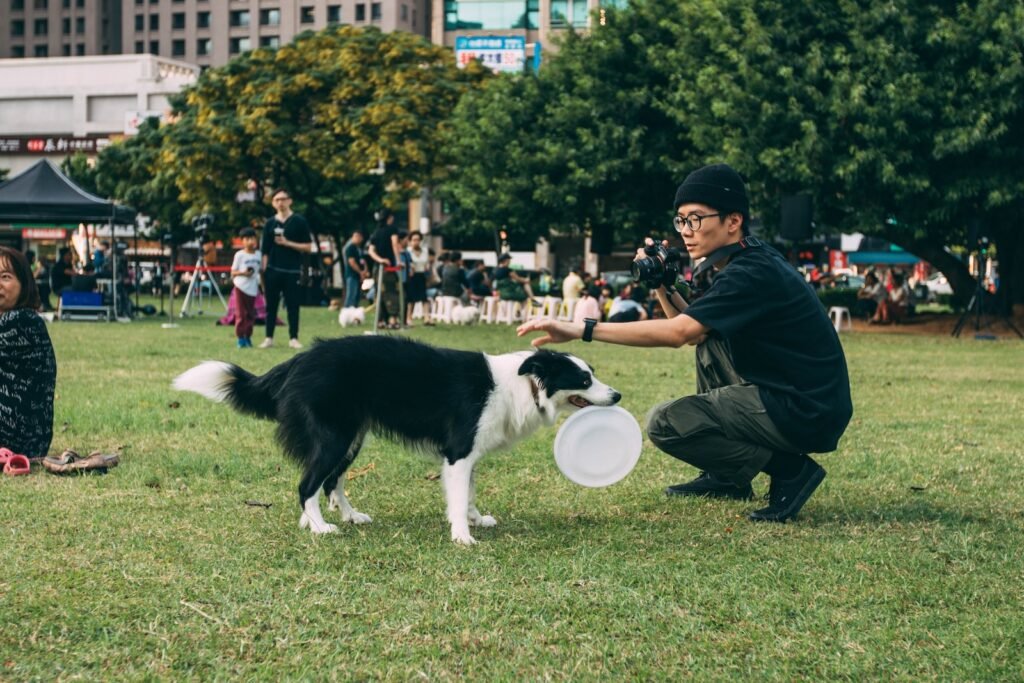
Dogs benefit from the use of toys as training tools. Toys offer a variety of benefits for both dogs and their owners, including the following:
- Toys provide mental stimulation and can keep dogs mentally engaged when they may otherwise become bored or restless while awaiting training or other activities.
- Toys also serve as physical prompts, providing feedback that can be used to reinforce good behavior.
- Toys often help teach puppies primary canine behaviors, such as fetching and chewing on appropriate objects.
- Toys also provide an outlet for dogs’ energy and can help reduce destructive behavior in younger pets.
- Toys can be removed from playtime once training objectives have been met, allowing for continued fun without distraction.
How do you choose the right toy?
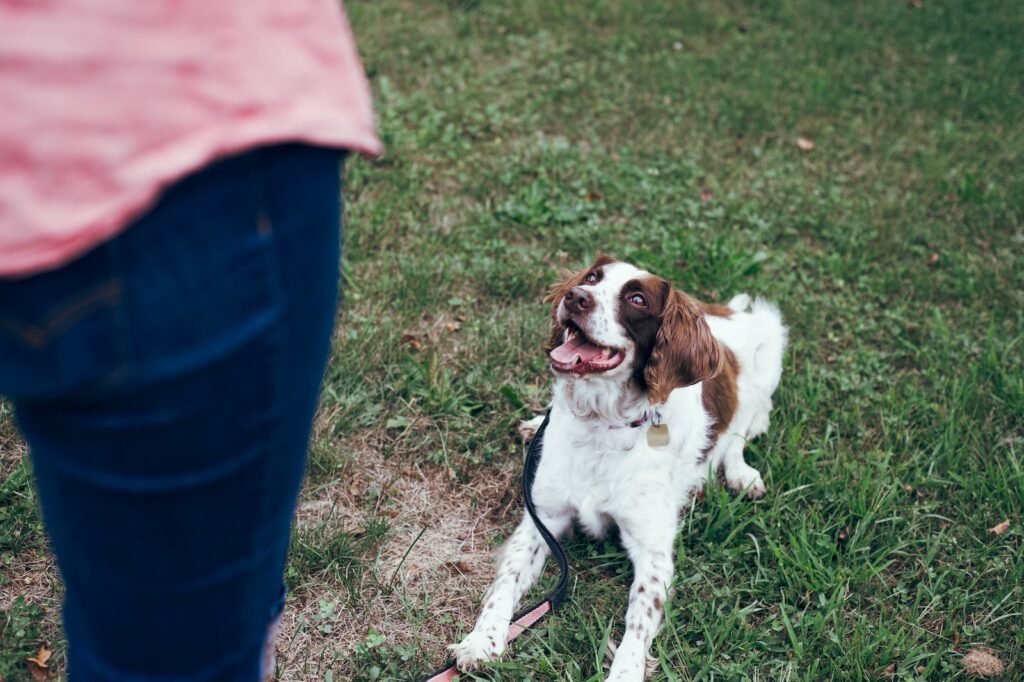
There are many factors to consider when choosing a toy for your dog. What kind of toy will your dog enjoy? What will motivate him to play? Some tips for choosing the right toy for your pup:
- Choose a type of toy that will be challenging for your pup but safe. Avoid toys with small parts that can become projectiles or choke hazards. Pups under 12 weeks old shouldn’t be playing with hard, pointy objects like bones or rawhide, as these can damage their windpipe.
- Give your dog lots of different types of toys to keep him entertained. Toys can be interactive, such as playful balls and puzzle toys, or they can be passive, like squeaky plush toys. Try different kinds and see which ones interest your pup the most.
- If you’re traveling, make sure to pack a few favorite toys in case you’re away from home overnight. Older dogs may also enjoy playing fetch with a Kong ball or two.
- Don’t overstimulate your pup with too many toys. Too much stimulation can lead to excessive chewing or destructive behavior. Allow your dog to play with one or two good toys for a few minutes at a time, then give him another toy if he’s still interested.
- Be consistent in introducing new toys to your pup. If you keep adding new toys, he’ll eventually learn that playing with them is always fun.
Types of toys
There are a number of different types of toys that can be used to train and reinforce good behavior in dogs. Some popular options include Kongs, tennis balls, and treats. Toys can also be used to distract a dog from something unwanted, such as an intruder or another dog.
Some suggestions for good dog toys include Kongs, tennis balls, Chuckit! balls, remote-control toys, and sticks.
Be sure to consult with a veterinarian before giving your dog any type of toy to avoid any health risks.
Choosing the right size
There is no one perfect size for a dog toy, as different dogs have different interests and needs. It’s important to consider your dog’s size, chewing ability, and your own personal preferences before making a purchase.
To help you choose the right size toy for your canine friend, here are some general guidelines:
- Dogs under 12 lbs should use small toys that can be popped in their mouths; dogs 12-25 lbs should play with medium-sized toys that can be thrown or squeezed; and larger breeds over 25 lbs should play with large toys that can be picked up or dropped.
- Chewing puppies need harder chew toys than adult dogs. plush toys and ropes made of fabric are great options because they offer materials to chew but are not destroyed easily.
- Some dogs enjoy retrieving objects while others prefer to stash their treasures. Consider the activity your dog enjoys most and buy them an appropriate toy for that activity. For example, a ball motivated by fetch may be the perfect choice for a puppy but would likely fall out of an adult’s mouth if grabbed vigorously.
Playing with your dog with the toy
Dogs are often rewarded with tasty treats when they behave in a particular way, but this can become boring and stale over time. Some owners opt to use toys instead as a way of encouraging good behavior. Toys can be used for all sorts of purposes, such as training or reinforcing good manners. Here are some tips on how to play with your dog using toys:
1) Choose the right toy for your dog. Dogs have different personalities and interests, which means that certain toys will be more enjoyable for one pup versus another. For example, some pups love to chew on hard objects, while others find stuffed animals irresistible. Pay attention to what your dog seems to enjoy the most and go from there.
2) Start small. When introducing a new toy into the mix, start small by giving your dog just an nibble. Over time, you can increase the size of the bite and eventually let your dog have full control over the toy. This will help reinforce good behavior and also teach your pup that he cannot simply grab whatever comes his way.
3) Use positive reinforcement/reinforcement training methods when playing with your pup using toys. Training using positive reinforcement methodologies involves using verbal commands (e.g., “Good boy!”), physical rewards (i.e., petting or scratching), and environmental distractions (i.e., playing fetch). By rewarding desired behaviors without having to force them, you are likely to create a stronger connection between your dog and the toy.
4) Puppies will often enjoy chewing on plastic toys. This is due in part to the fact that they are constantly teething, and chewing on something makes them feel more comfortable. However, once your puppy begins to chew vigorously on certain types of plastic toys, be sure to remove them from his possession as this can become a problem.
Training your dog with the toy
Training your dog with the toy is one way to help him learn good behavior. Dogs love toys, and when you give them a toy that they can use to reinforce good behavior, they are more likely to do it again in the future. Some of the most popular dog toys include Kongs, tennis balls, and sticks.
To start training with a toy, first be sure to choose the right one for your dog. Some dogs are more aggressive than others and may not enjoy playing with a toy that is too bouncy or loud. Choose a toy that your dog will be able to manipulate easily and without getting bored.
Once you have chosen a toy, put it in front of your dog and let him see it. If he starts to play with it right away, great! If not, let him explore it for a little while before offering it to him. Once he’s taken ownership of the toy, start training by giving him verbal cues (such as “good boy” or “sit”) followed immediately by giving him the toy. As he starts to associate receiving the toy with good behavior, increase the cue-reward interval until he reliably responds simply by receiving the toy instead of needing a command before doing so.
Conclusion
Getting your dog to perform specific tasks or behaviors can be a lot easier when you use toys as a training tool. Playing with different kinds of toys can help make it fun for your dog and keep him interested in performing the task at hand. In addition, using toy rewards (such as treats) after your dog has complied will reinforce good behavior and make it more likely that he will repeat the desired behavior in the future.
